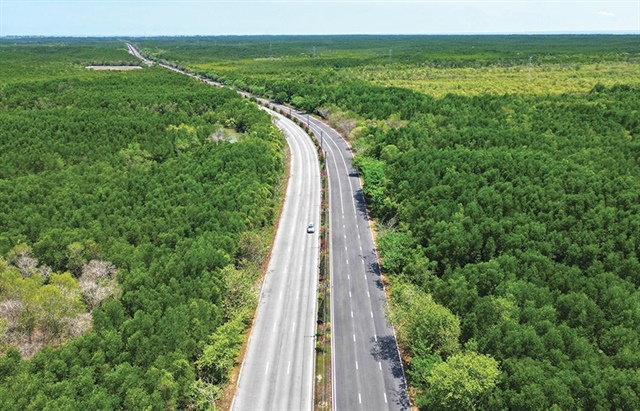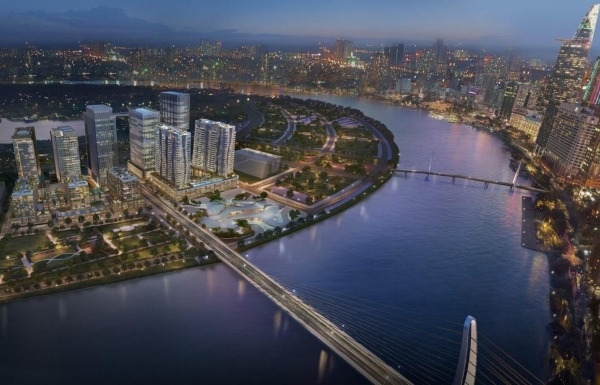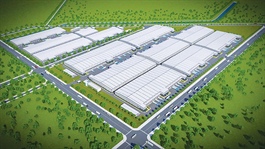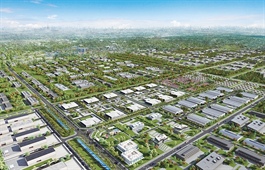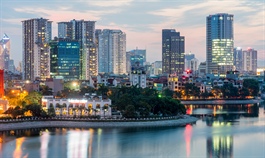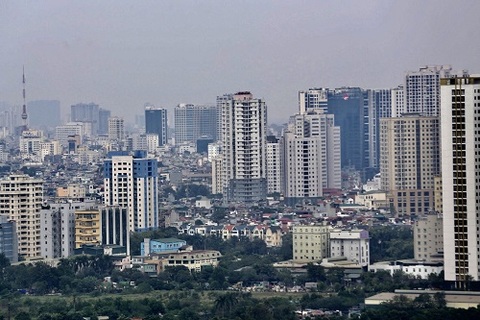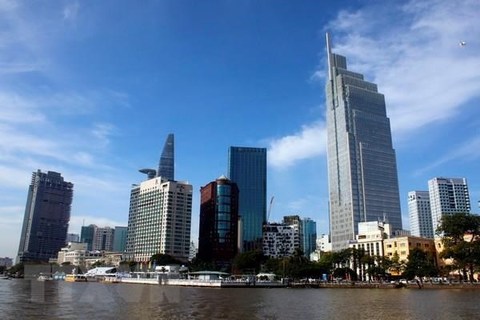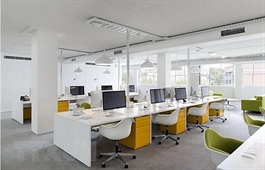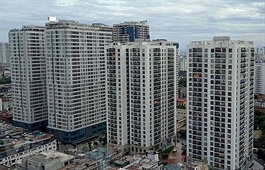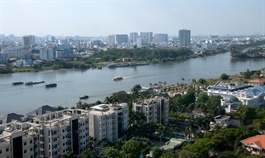Thu Duc City development needs strong policies
Thu Duc City development needs strong policies
Experts are of the firm view that the new Thu Duc City can only grow at a rapid pace if it receives sufficient support by way of favorable policies.
Illustrative photo.
|
In 2013, the Prime Minister approved a plan for the development of a metropolis within Ho Chi Minh City with 17 urban areas ranging from Grade 3 to Grade 1 merging together with a special status for Ho Chi Minh City. The surrounding regional areas which include Bien Hoa, Di An, Nhon Trach, Long Thanh Airport, Phu My Town and Thu Duc would connect together via key roads, including Ring 2 and Ring 3.
Thu Duc City was officially established on the first of January 2021, by merging District 2, District 9 and Thu Duc District. From the viewpoint of a regional economy and urban area, the construction of Thu Duc City is being considered as a way to pave significant development in the urban areas East of Ho Chi Minh City. This is expected to be a stepping stone to the implementation of Ho Chi Minh City policies for more than a decade, but unfortunately without much success. The purpose of the plan was to turn Ho Chi Minh City into a multicenter city in an attempt to reduce the pressure of concentration of economic activities and overpopulation in the city center. It is also expected to cope with the problems of traffic congestion and environmental pollution.
According to the master plan of Ho Chi Minh City, Thu Duc City has more favorable conditions for considerable economic development than other parts of Ho Chi Minh City. It has two important seaports Cat Lai and Phu Huu, which are part of seaport group 5 along the Dong Nai River. It also has potential benefits of other features like Vietnam National University; Saigon Hi-tech Park; Thu Thiem New Urban Area; an Innovative Startup Center; a regional sports center at Rach Chiec; a historical and cultural park; and a part of Ho Chi Minh City Subway.
Further investments and construction of essential infrastructure will function as powerful drives for rapid growth of the new city, making it possible for construction of a smart city with green urban areas in the very near future.
In order to proactively take the steps in the construction of Thu Duc City as planned, it is imperative to accept the truth that the construction of Thu Duc City is not like drawing on a clean sheet of paper. Instead, it is more like solving a complicated puzzle, using different pictures and improving them to make a masterplan. Therefore, it is vital to seriously consider and take careful steps in the three following areas, in the very first year.
Firstly, it is urgent to make substantial changes to the whole area of 211 square kilometers of the new city in a modern style that is able to promote the construction of an innovative smart city and provide a solid foundation for a well-developed traffic network making traffic flow easy between the new city and other parts of Ho Chi Minh City, as well as neighboring provinces like Binh Duong, Dong Nai and Ba Ria-Vung Tau.
The planning of the new city is based on the philosophy to develop a city that is green, innovative and favorable for the development of science, technology and training. For this reason, the planning and development of Thu Duc City is not the idea of putting the planning maps of the three former districts together. Rather, it requires a new vision that is able to make it possible for the new city to play a pivotal role in driving the whole area forward.
To achieve this goal, it is important to consider three potential obstacles. One, the possession and speculation of land can cause land fever and skyrocket prices. Two, the uncontrolled development of residential areas for several decades could make the land fund too small for construction of major projects. Three, the existence of disputes over projects in which resident complaints have not been satisfactorily resolved, hampering the implementation of new projects in the areas.
Secondly, it is essential to restructure the staff from the highest level to the lowest level in the city to ensure all officers are well-qualified and professional so that their performance can satisfactorily meet the task requirements. This is the hardest problem because it is directly related to specific people, but if the new city authorities fail to overcome this hurdle, they will not be able to provide the best quality of services, nor will they be able to fulfill their responsibilities in the new situation.
Thirdly, it is important to arrange for positive decentralization of power among the officials in the new city of Thu Duc, so that it will encourage enhanced responsibility, dynamism and creativity among officers in local areas and also reduce the workload for officers in higher departments and agencies in Ho Chi Minh City. In such context, higher officers will only need to supervise and investigate the processes and activities to make sure that the entire system is working perfectly. Basically, autonomy and responsibility are fundamental, and all such elements will facilitate a successful administrative restructuring process and rapid economic growth in the new city of Thu Duc, making it a good example of a futuristic modern city.





